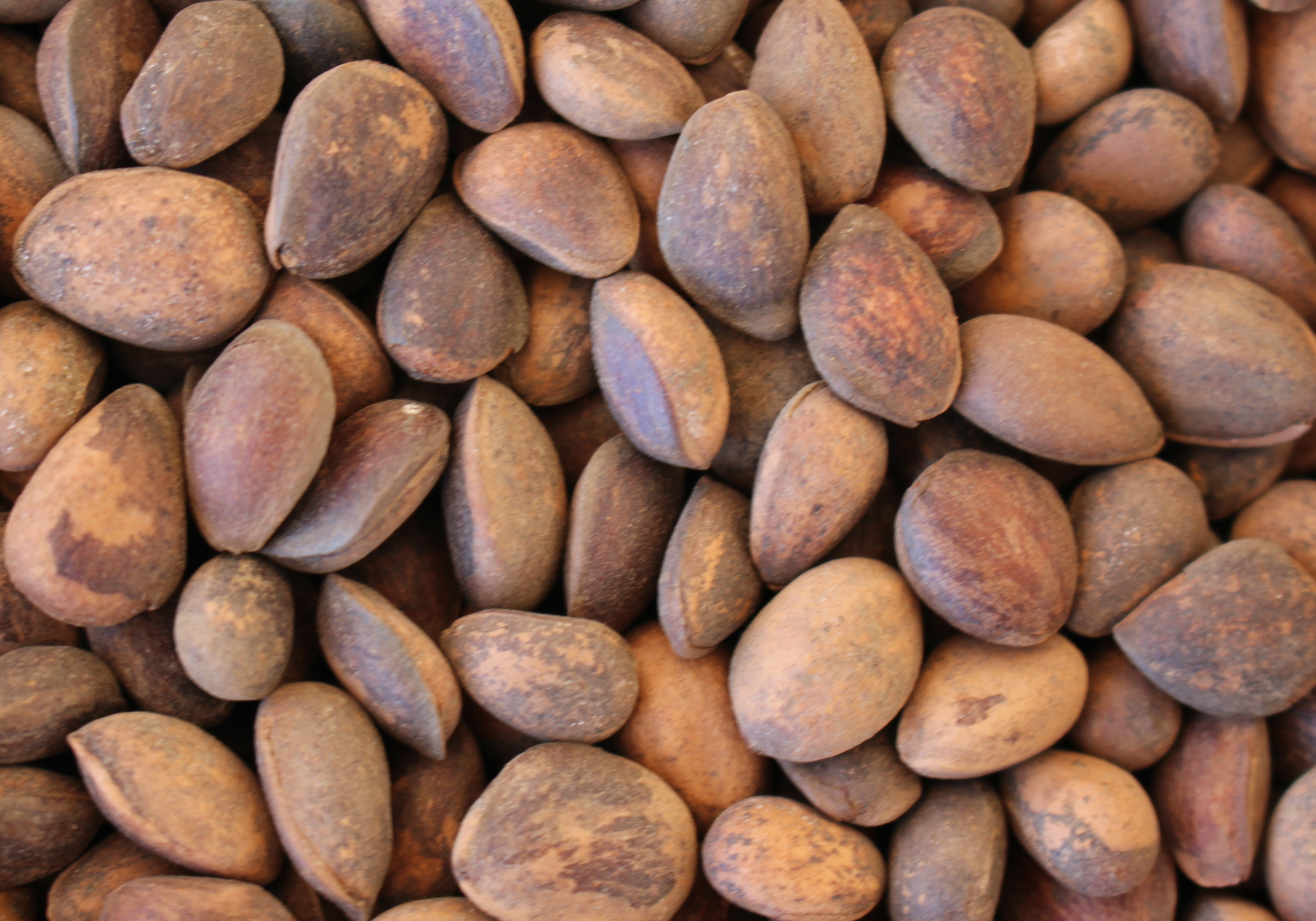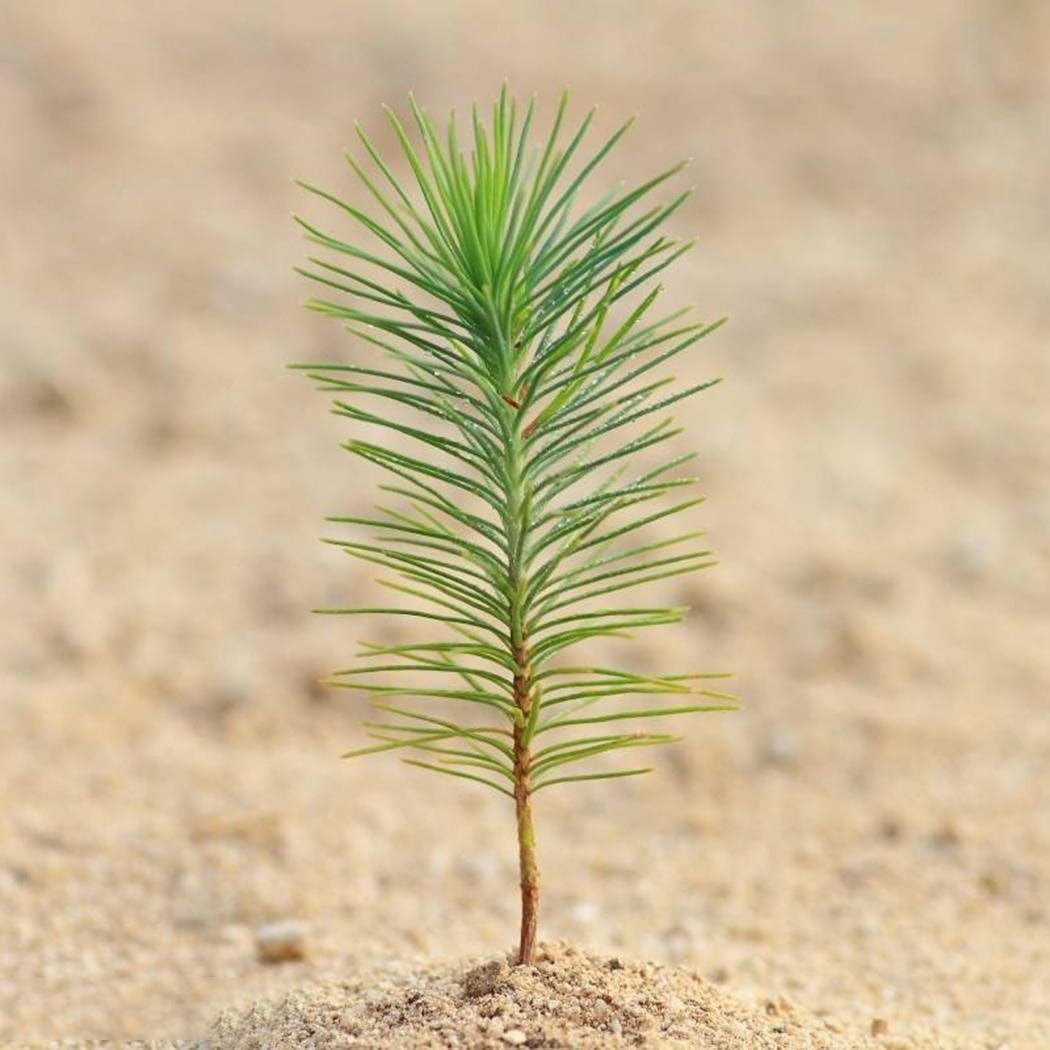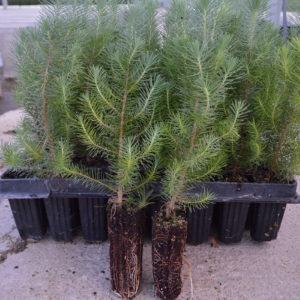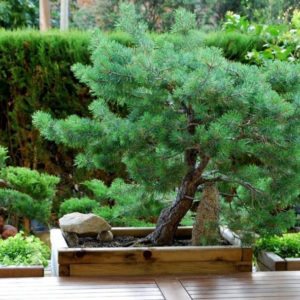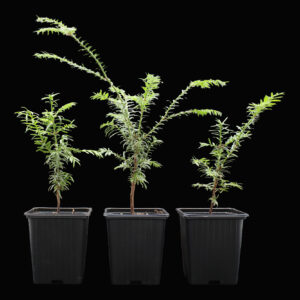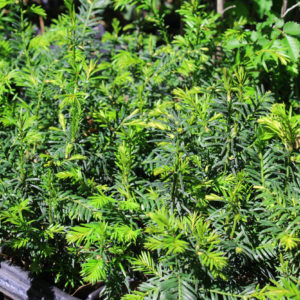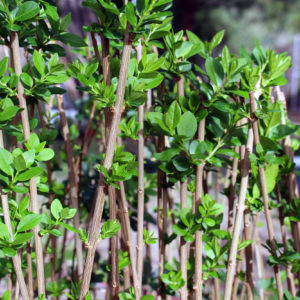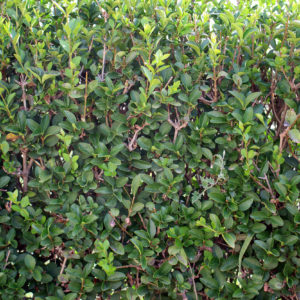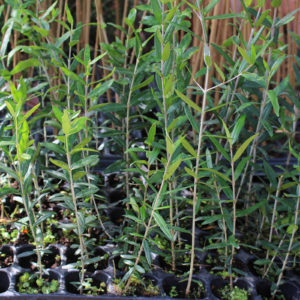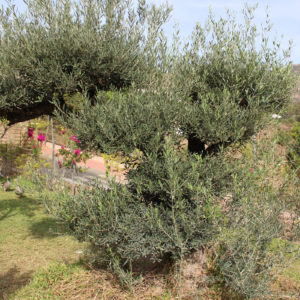Description
Turning Japanese white pine seeds into a beautiful bonsai is a rewarding yet time-consuming process that requires patience, attention to detail, and careful nurturing. Here’s a detailed step-by-step guide on how to grow Japanese white pine bonsai from seeds:
Seed Preparation:
Soak the seeds in room temperature water for about 24 hours to soften the outer shell and improve germination. Some enthusiasts also recommend lightly sanding the seed coat to further enhance germination, but this step is optional.
Selecting Soil:
Bonsai soil should be well-draining and provide good aeration to the roots. You can use a mix of Akadama, pumice, and lava rock in equal parts. Alternatively, you can use a commercial bonsai soil mix. Sterilize the soil by baking it in the oven at 180°F (82°C) for about 30 minutes to kill any pathogens and weed seeds.
Container Selection:
Choose a shallow bonsai pot with drainage holes to plant your seeds. The size of the pot will depend on the size of the seedling you want to grow.
Planting the Seeds:
Fill the bonsai pot with the prepared soil mix, leaving about 1 cm (0.4 inches) of space below the rim. Plant the seeds on the surface of the soil, spacing them out evenly. Press them gently into the soil, but do not bury them too deeply. Mist the soil surface with water to moisten it.
Germination:
Place the pot in a warm, bright location with indirect sunlight. Avoid placing it in direct sunlight, as this can cause the soil to dry out too quickly and harm the delicate seedlings.
Keep the soil consistently moist but not waterlogged. You may need to mist the soil regularly to maintain moisture levels. Germination can take anywhere from a few weeks to several months, so be patient and continue to provide the necessary care.
Seedling Care:
Once the seedlings have emerged, continue to provide them with bright, indirect sunlight and keep the soil consistently moist. As the seedlings grow, you may need to thin them out to ensure proper spacing and allow the strongest seedlings to thrive. Fertilize the seedlings with a balanced liquid fertilizer diluted to half strength every two weeks during the growing season (spring to fall).
Training and Pruning:
As the seedlings develop, you can begin training them into bonsai shapes using wiring techniques. Be gentle to avoid damaging the young branches. Regularly prune the seedlings to encourage branching and maintain the desired shape. Use sharp bonsai scissors to make clean cuts and avoid tearing the branches.
Repotting:
As the seedlings outgrow their pots, you will need to repot them into larger containers to provide more space for root growth. Repotting is typically done every 2-3 years during the spring. During repotting, carefully remove the seedling from its pot, prune the roots, and replant it in fresh bonsai soil. Trim back any excess foliage to reduce stress on the plant.
Maintenance:
Continue to provide proper care and maintenance, including regular watering, fertilizing, and pruning, to keep your Japanese white pine bonsai healthy and thriving. Monitor the bonsai for pests and diseases, and take appropriate measures to address any issues that arise.
With dedication and proper care, your Japanese white pine bonsai will gradually transform into a stunning masterpiece that brings joy and tranquility to your home or garden.
Additional information
| Weight | 0,02 kg |
|---|---|
| Quantity | 10 Seeds, 30 Seeds, 100 Seeds, 1000 Seeds |
